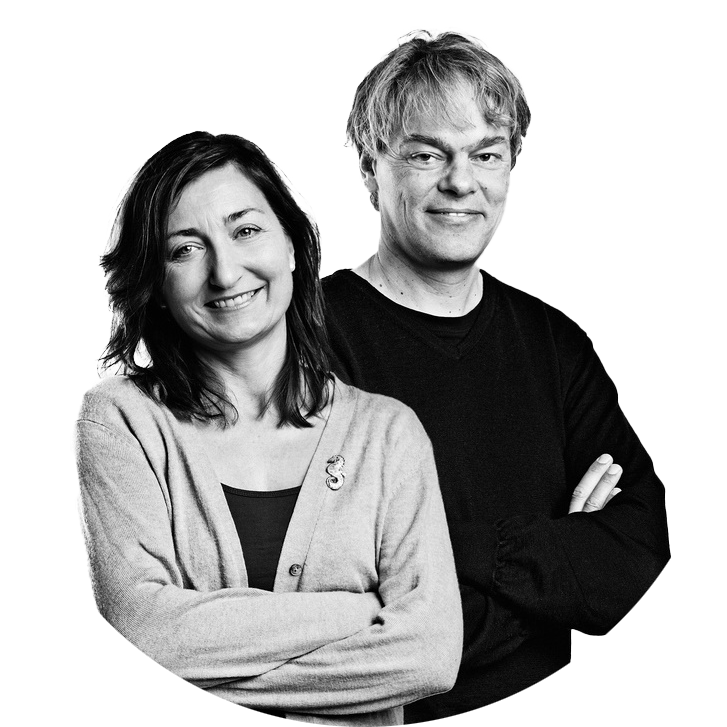Mohn Research Center for the Brain, Kavli Institute for Systems Neuroscience
Mohn Research Center for the Brain
Understanding plasticity and neural circuit dynamics in the brain
- Understanding the brain is one of the greatest challenges to science, with brain disorders affecting one in three Europeans during their lifetime, Bramham and Moser say.
The human brain is enormously complex, with more than 100 trillion different connections between neurons at tiny junctions called synapses. Neural circuits are made up of genetically distinct neuronal types, with unique structural and functional properties. Communication at synaptic junctions, rather than being hard-wired and fixed, is highly plastic and modifiable.
Experience-dependent synaptic plasticity is critical for shaping neural circuit development and circuit dynamics in information processing, and underpins the enormous capacity of the brain for learning and memory. To understand processes such as perception, cognition, learning and memory, and the associated loss of cognitive abilities in Alzheimer’s disease and aging, we must be able to selectively label and manipulate specific cell types within specific circuits that mediate the behavior.
Center Leaders
Work Packages (WP)
The research at the Mohn Brain Center is organized into five interactive work packages (WPs), presented below:

Project 1: Clive R. Bramham
Targeting Arc domains to elucidate the molecular control of synaptic plasticity in entorhinal-hippocampal circuit

Project 2: Espen Hartveit
Tuning retinal microcircuits for vision in starlight, twilight and daylight: the role of NMDA and dopamine receptor-mediated gap junction plasticity.

Project 3: Giulia Quattrocolo
Role of Cajal-Retzius cells in hippocampal function

Project 4: May-Britt Moser and Edvard Moser
Role of plasticity in Grid cells emergence in development and adulthood

Project 5: Cliff Kentros
Mechanism of toxic Tau protein in entorhinal-hippocampal circuit in animal model of AD
Researchers

Center Leaders
Collaboration
The TMF Brain Research Initiative is hosted by the department of Biomedicine at UiB and organized as a consortium. By combining research expertise and advanced infrastructure at our institutions, this project provides a rich synergy that will advance brain research and support the strategic priorities of UiB and NTNU.
In addition to the breakthrough potential of the project itself, the TMF Brain Initiative will foster the development of young research talent and give added value to basic and translational research environments at the universities.







